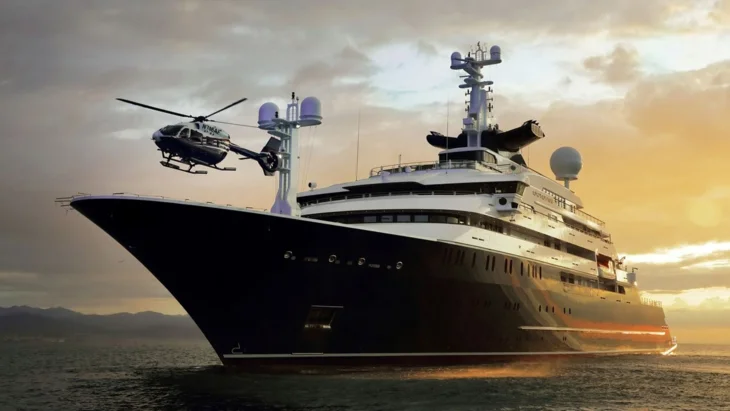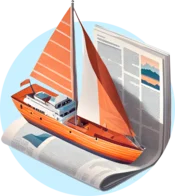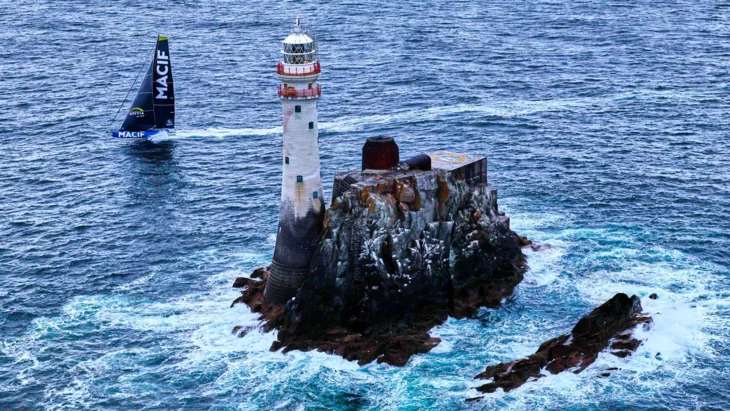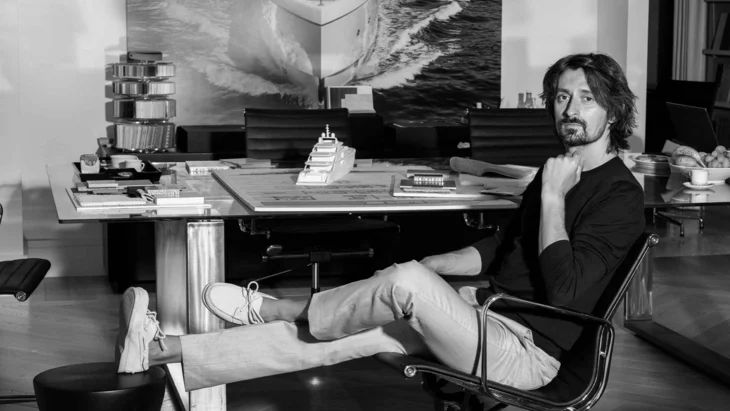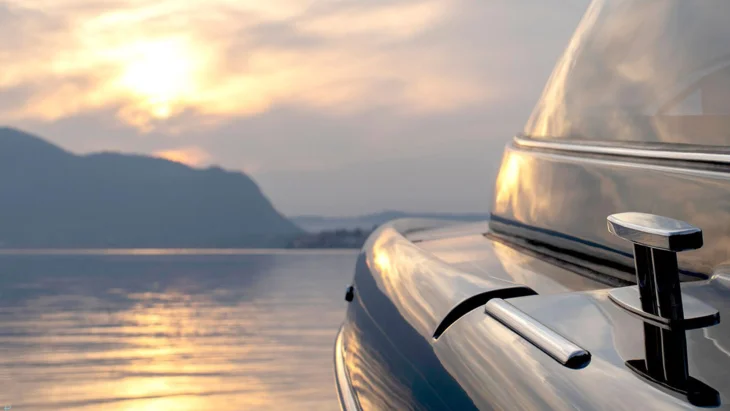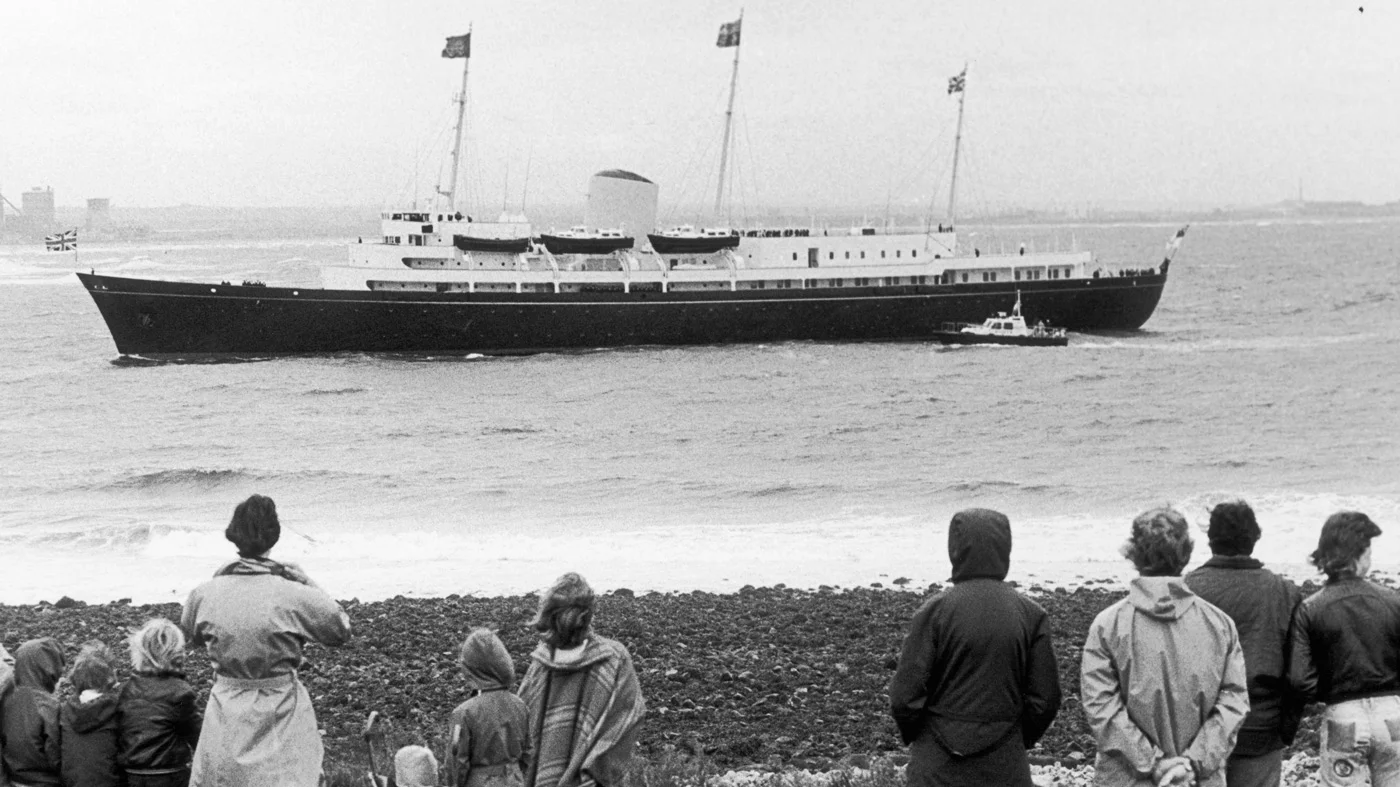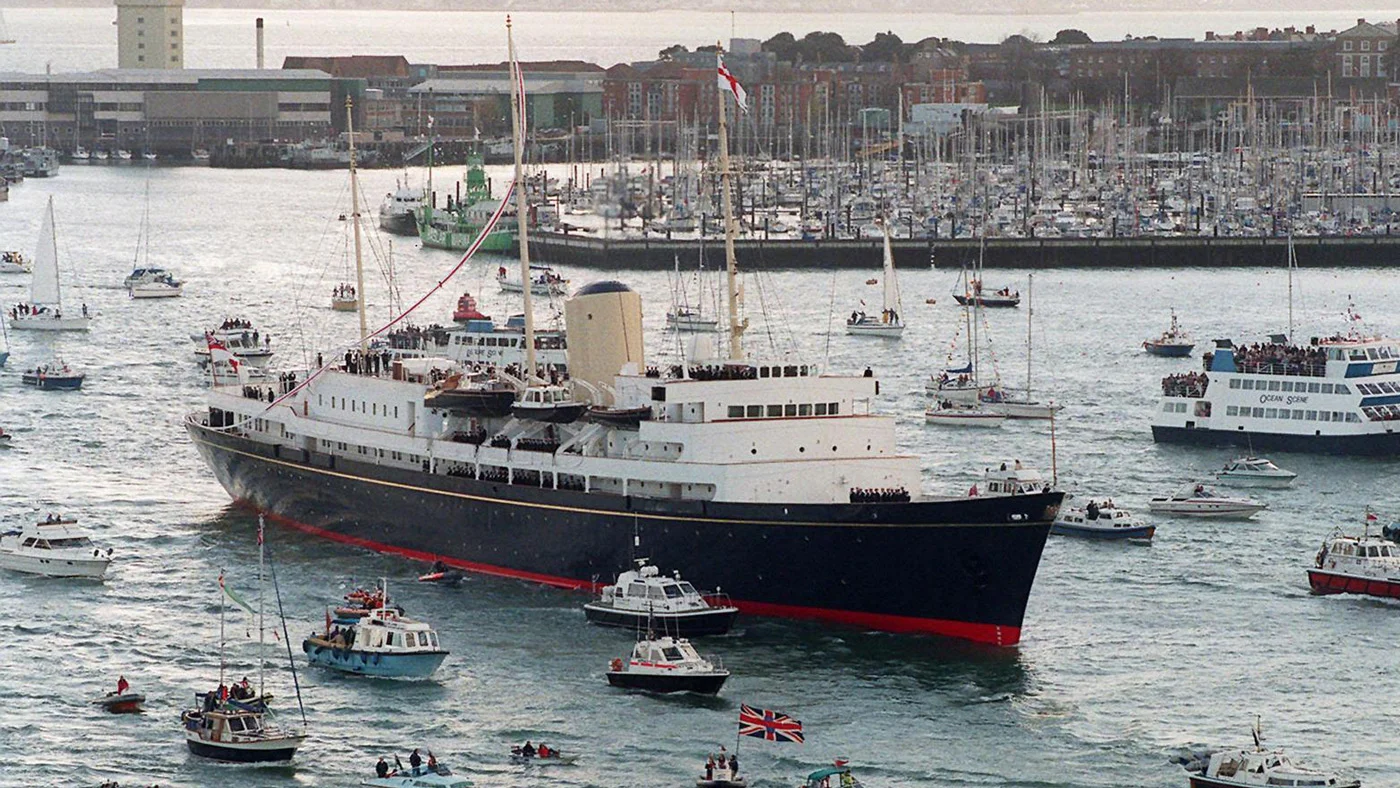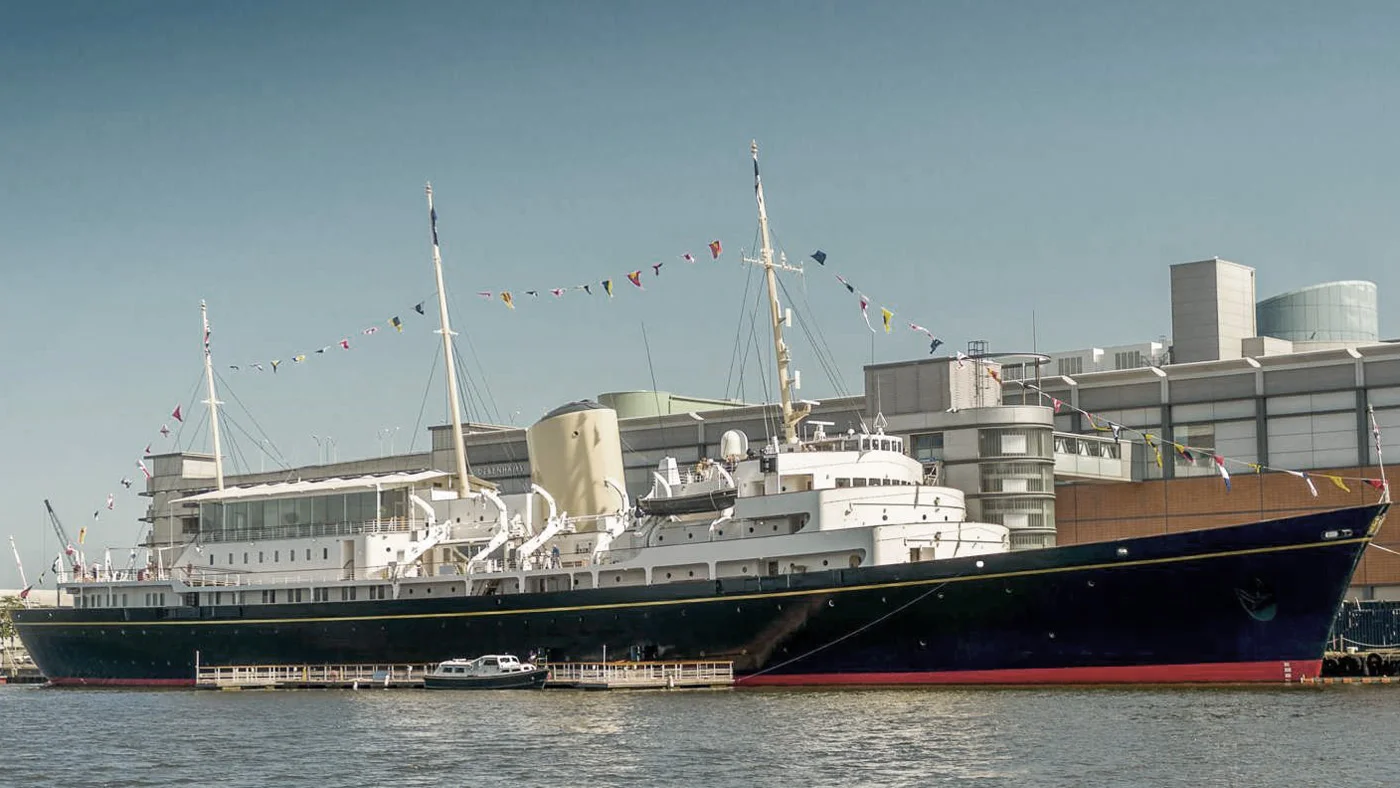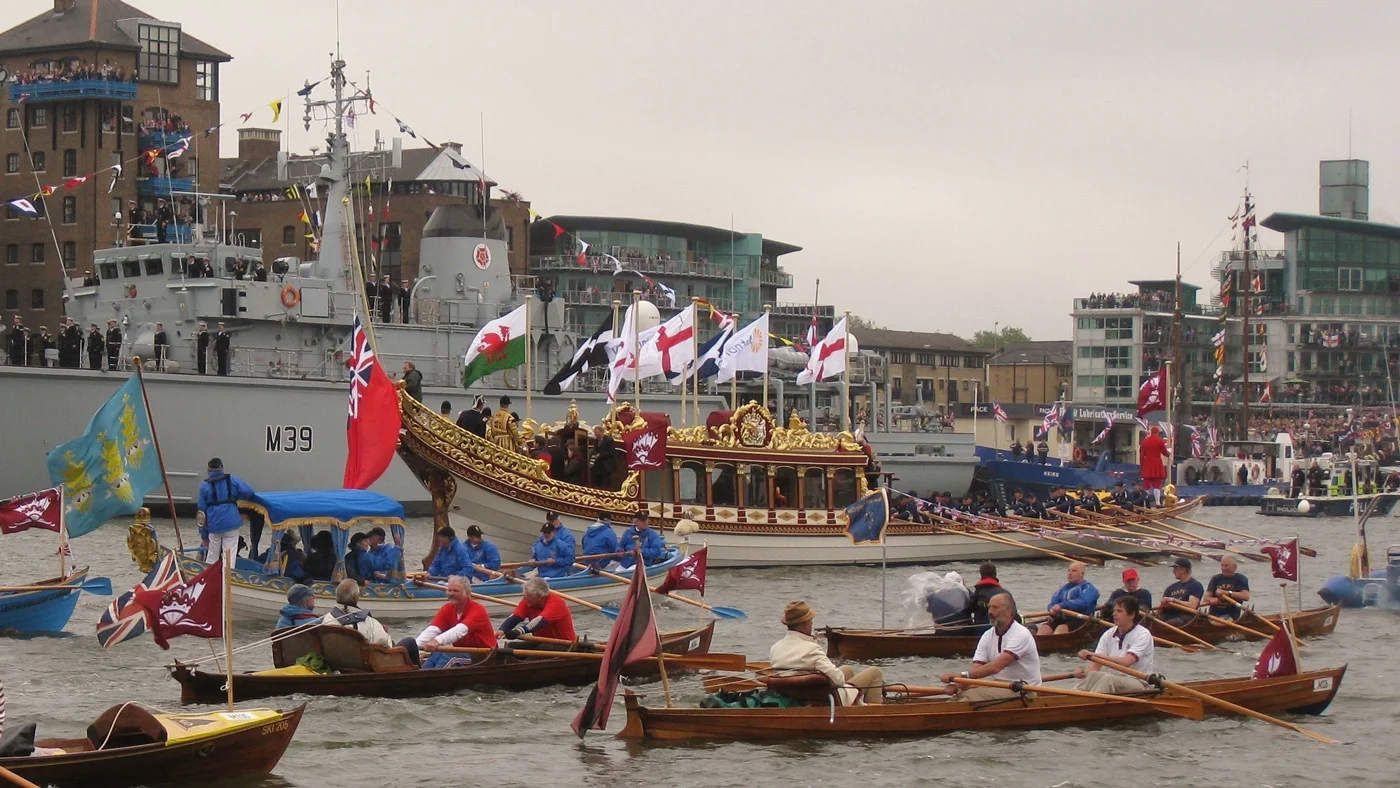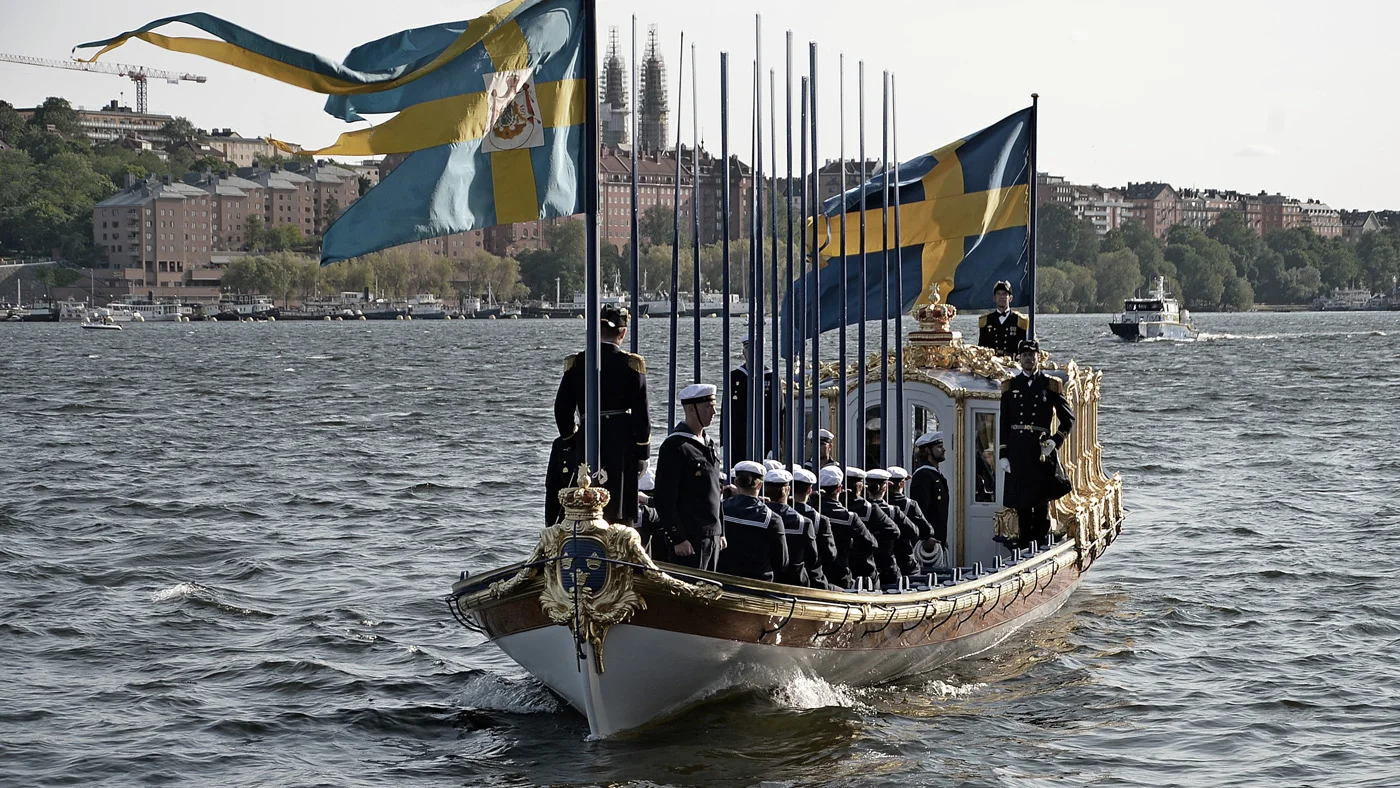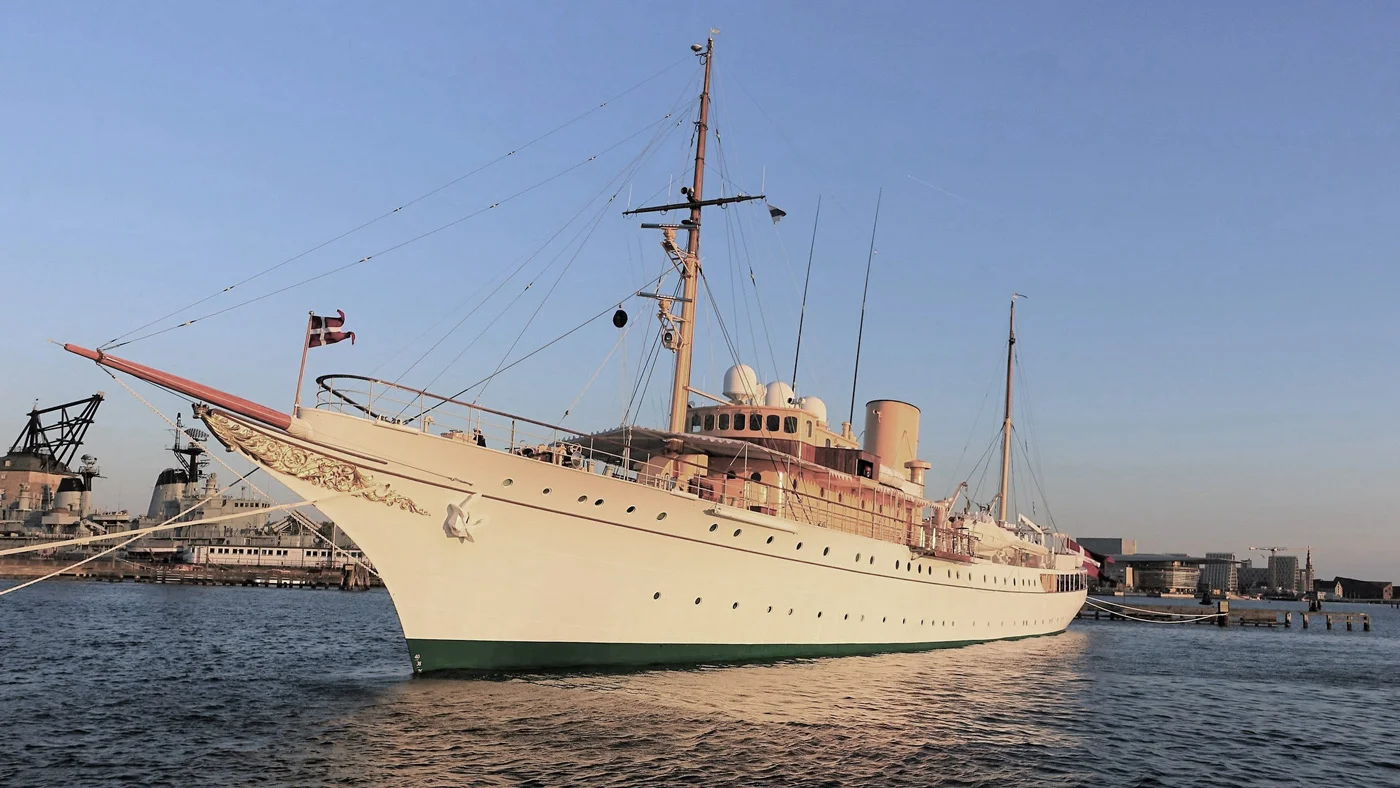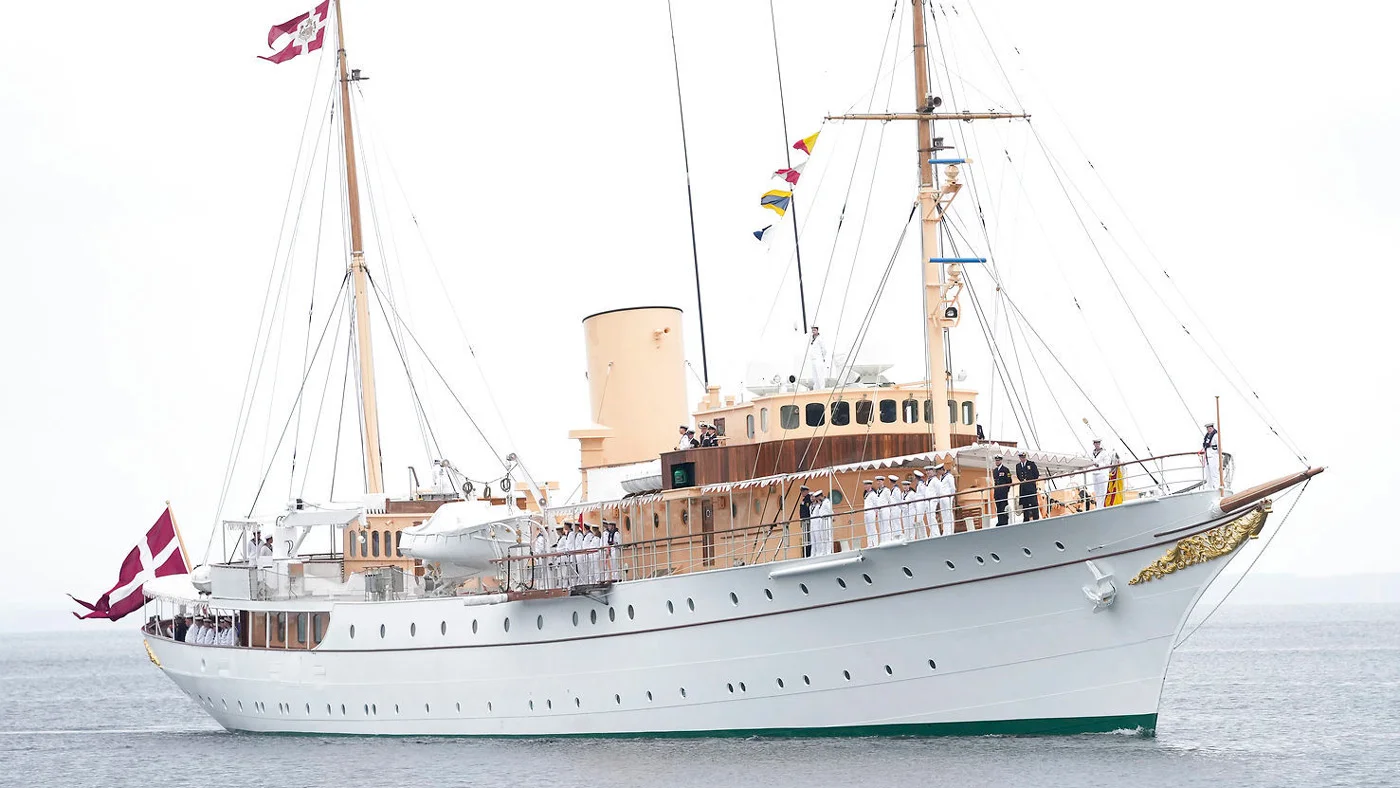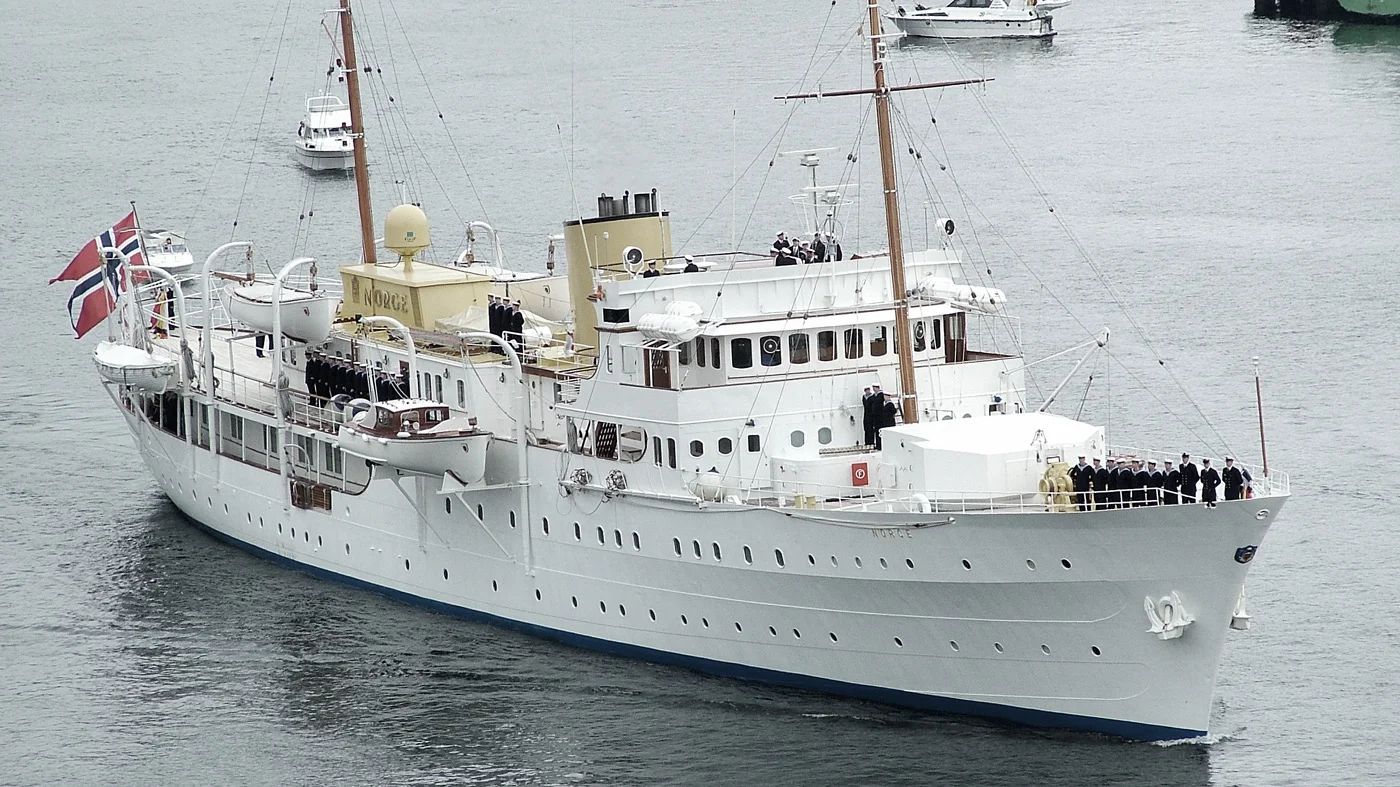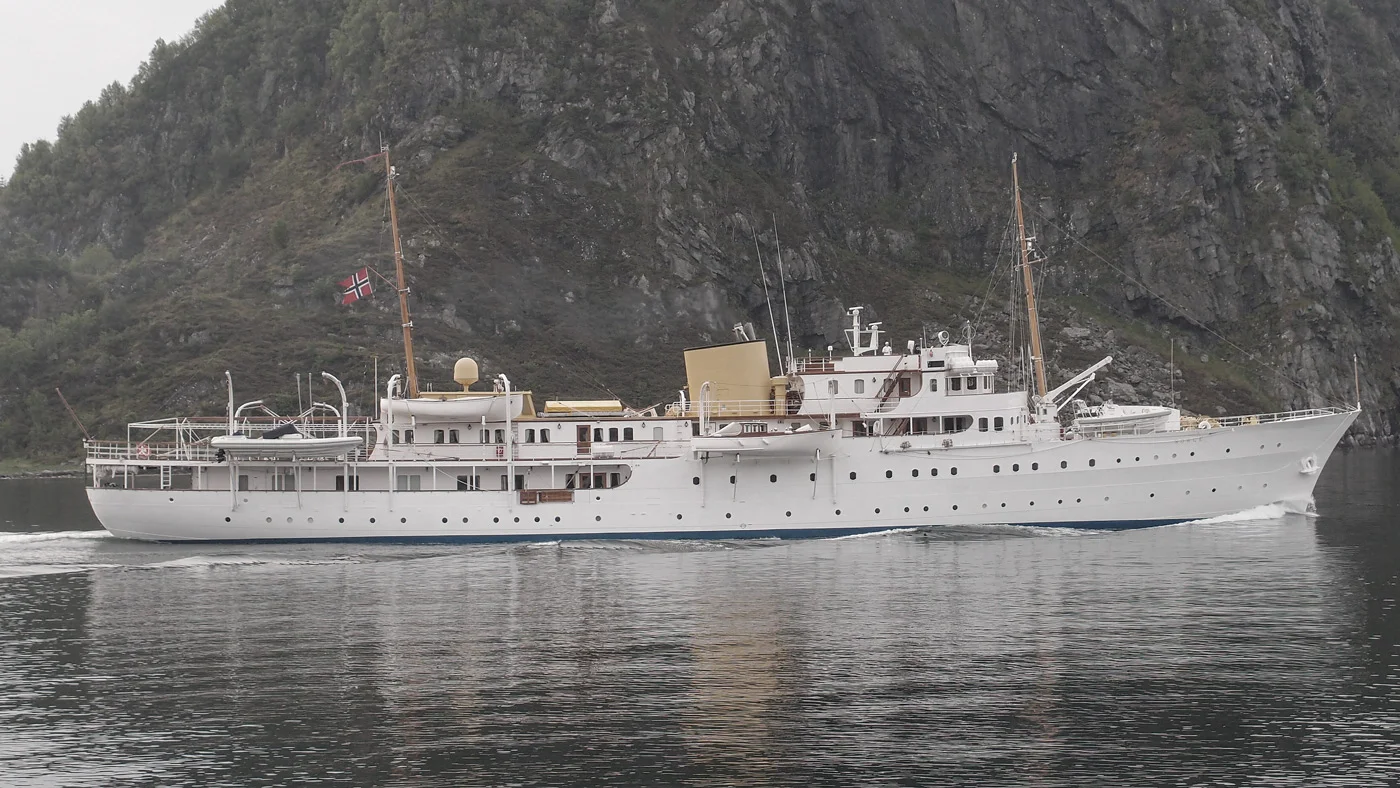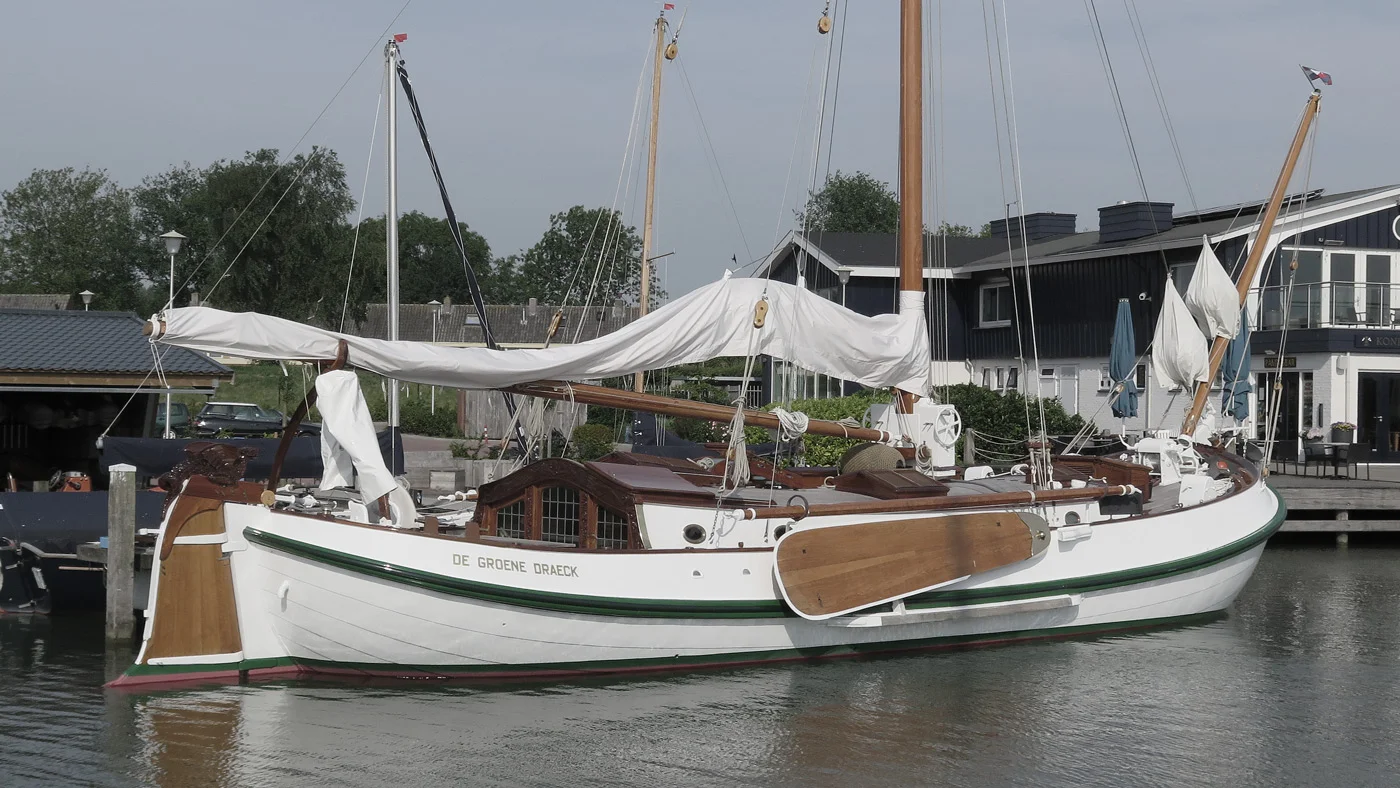Royal yachts of Europe
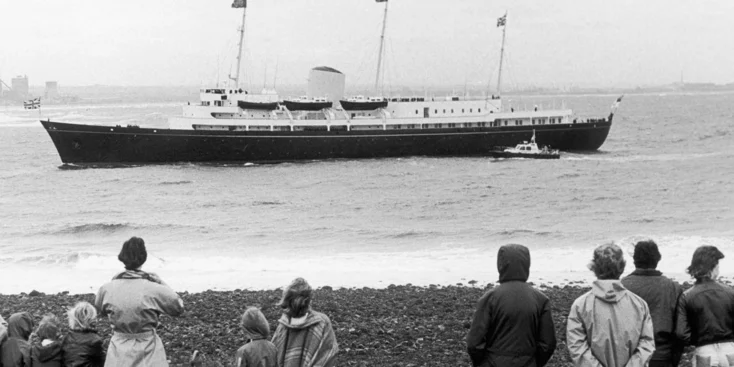
Britannia
UK
Although Her Majesty Yacht Britannia was decommissioned on 11 December and has been a museum since, one can’t help mentioning her in the review of royal yachts: she is an iconic phenomenon, a bearer of historical artifacts and a living participant in world history. She was the second yacht to bear this name, and inherited the helm from her predecessor: a 37-metre cutter built for Edward VII (who was, by the way, a ‘sister’ to the classic Valkyrie II yacht that challenged the 1893 America’s Cup).
Britannia was launched at John Brown Co. Ltd shipyard on April 16, and went on her maiden voyage in the spring of 1954 from Portsmouth to Malta. Since that time, she carried Elizabeth II, her family members and various officials all over the world, making over 696 foreign visits and 272 voyages in the British waters, covering the total of 1 087 623 nautical miles over 44 years. What a lot of celebrities had been on board, what a lot of agreements signed! This is the only state yacht in the world to enter a foreign port in the midst of hostilities to rescue British and foreign citizens: in 1986, Britannia evacuated more than 1,000 refugees from Aden (Yemen).

With a length of 126 m the vessel was amazingly sea-worthy: two Pametrada steam turbines of 12,000 hp accelerated her up to 21.5 knots. They say that the engine compartment was kept so clean that all those who entered were made to wipe their feet on a mat. There were 220 sailors, 21 officers, a detachment of Royal Marines of 26, and until the 1970s, the crew was given rum on a daily basis.

Now Britannia is moored for good at the Port of Leith in Edinburgh, Scotland. All the clocks on board are stopped at 3:01 pm, marking the time that the Queen left her in tears. The yacht is managed by Royal Yacht Britannia Trust. Every year this attraction is visited by about 300 000 tourists.
Gloriana
UK
Her launch, which took place in April 2012, was a tribute to Queen Elizabeth II for her “diamond” 60th anniversary of the accession. Not a penny from the state treasury was spent on her construction, as for reasons of economy the Parliament had even retired the legendary Britannia. Some private individuals and several foundations volunteered to finance this gift (£1.5 million) to the Queen.
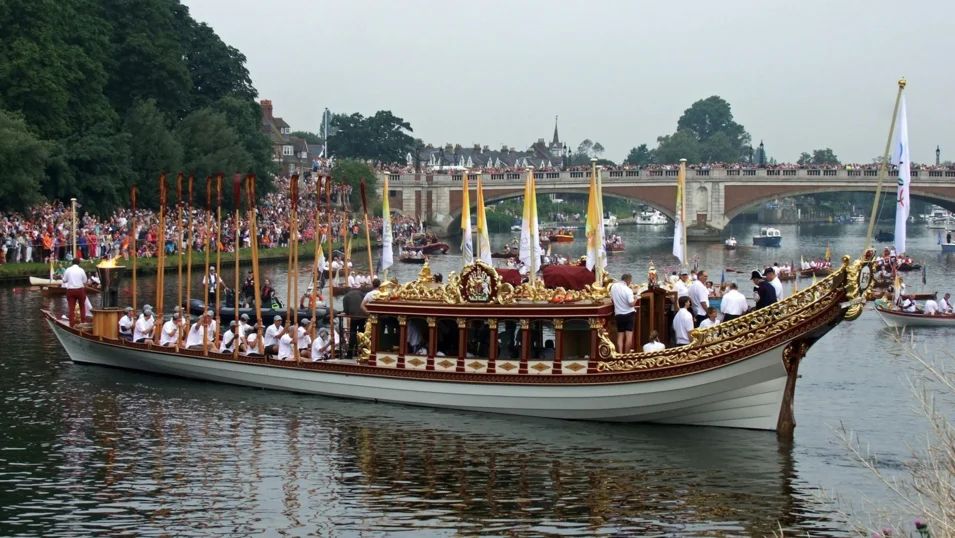
Naval architects Stuart Roy and Ed Burnett were inspired by Canaletto's London paintings of 18th-century rowing barges on the Thames. The design also resembles the features of the boat that belonged to the Lord Mayor of London in the 19th century. Anyway, the exterior turned out to be quite “historical”. The yacht was made of wood using traditional methods: Prince Charles had even sent some sweet chestnut trees from his estate for the flooring. The sponsors did not stint on carvings in gold leave and hand-painting.
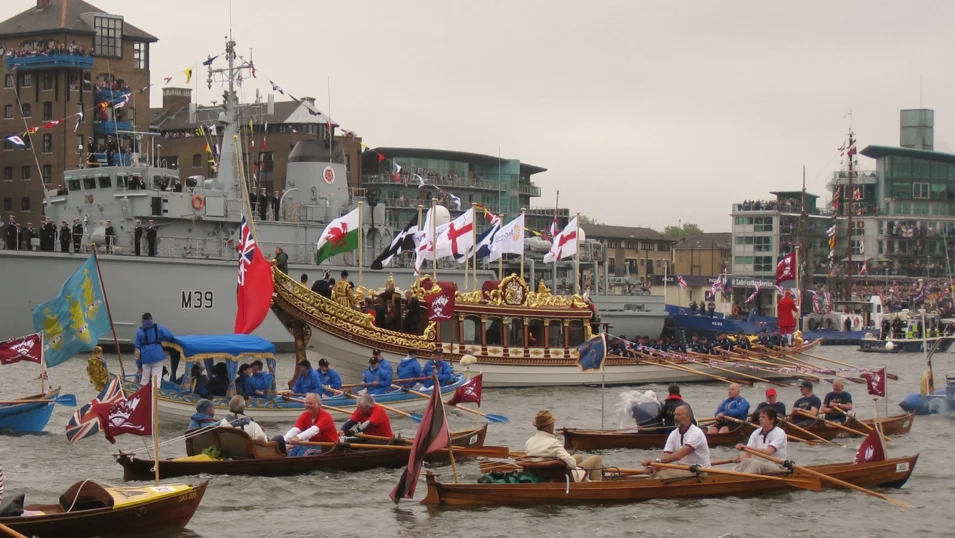
The long and narrow hull with a sharp bow and a high stern has rather a massive superstructure with eight flagpoles and a ceremonial bridge for the guests. The 27-metre vessel is powered by 18 strong oarsmen, reaching a speed of 3-4 knots. Later, in 2017, the barge was fitted with twin electric Torqeedo Deep Blue 40 engines powered from rechargeable batteries to avoid any issues when going through the gateways.
Gloriana made her brilliant debut on 3 June 2012 and led the Thames Diamond Jubilee Pageant with over 1000 other vessels as participants. Now she serves as the centrepiece of rowing regattas and major water festivals in London.
Vasaorden
Sweden
The royal barge named after the Swedish national award, the Order of Vasa, was built in 1774 based on a ship plan by Fredrik Henrik af Chapman for King Gustav III. Her first documented public appearance was in July of the same year in the course of a naval review outside Stockholm.
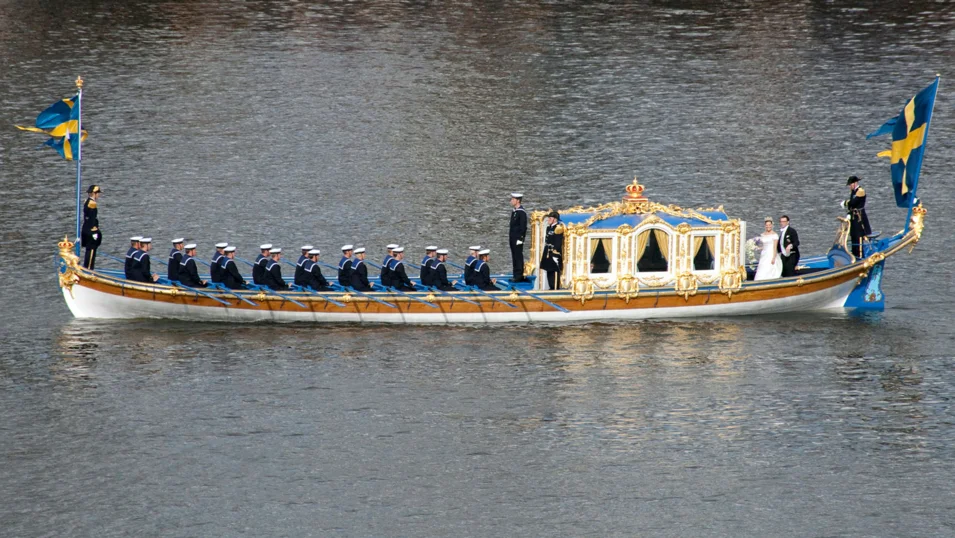
On 8 August 1921 the yacht that was quite dilapidated but still running was destroyed in a fire. The ruling family decided to restore the relic and in 1923 her exact replica was launched. In 1976 she served as the royal “carriage”, when King Carl XVI Gustaf married Silvia Sommerlath.
Vasaorden has been taking part in state events up to present. She is based in the naval museum in Galärvarvet, where anybody can see her – if they are lucky to find her at the pier. The thing is the 18-metre barge is powered by nine pairs of oars, so the crew of sailors from the Swedish Navy have to keep fit and train regularly.
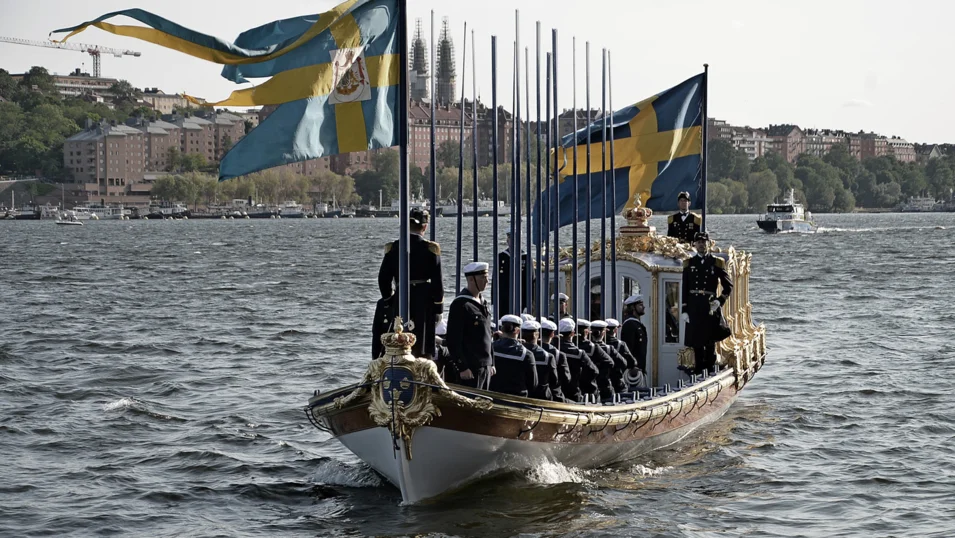
The yacht stands out for her rich golden ornament that adorns all of the above-water part, including the rudder blade. The bow is adorned with carved arms and a flagpole with a lily on its truck. There is a superstructure in the shape of a glazed gazebo with some exquisite carving and a crown on top. The elongated aft overhang houses an elegant helmsman’s stand and another flagpole: when the monarchs are on board, two pennants are raised at the same time.
Dannebrog
Denmark
Dannebrog (named after the national flag) is the second yacht to bear this name that belongs to the Royal Family of Denmark. The previous was a side-wheel paddle steam yacht built in 1879, which took part in numerous historical events. For example, on 23 November 1905 she brought Danish prince Carl to Norway, where he assumed the Norwegian throne as king Haakon VII. And on 11 – 23 July 1909 King Frederik of Denmark used her for a voyage to Russia to see his sister Dagmar, who married Emperor Alexander III as Maria Feodorovna. In the 1920s the vessel was found unusable, and the new one was built by the autumn of 1931.

The steel hull of 78.4 m preserved the retro design: a clipper bow, an elliptical stern, raked masts and a massive funnel. The last overhaul with the replacement of the propulsion system and navigation equipment was in 1981. At present the yacht can reach a top speed of 15 knots and has a range of 3600 nautical miles.
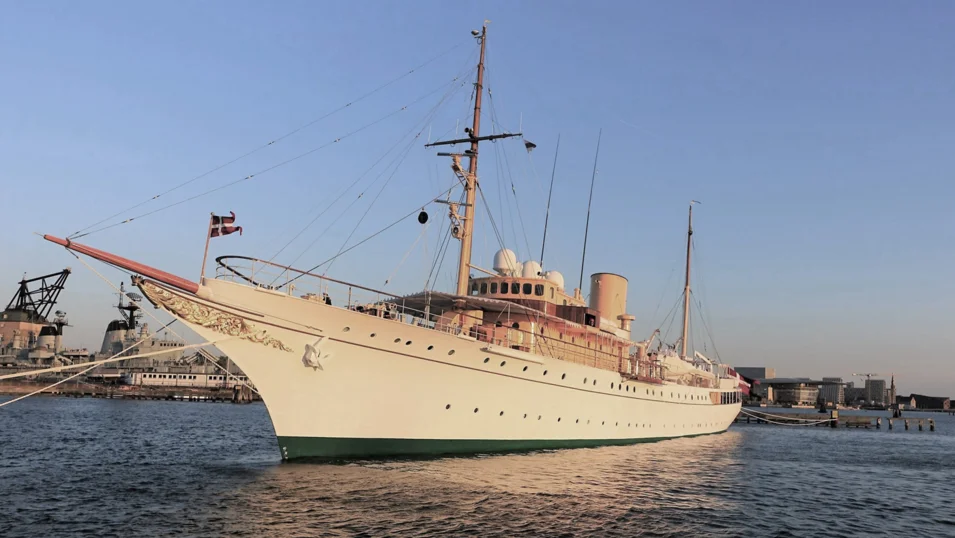
There is royal accommodation for 14 guests aft, featuring the historical interiors that come from Dannebrog’s predecessor. The entire bow section is dedicated to the crew. The yacht is part of the Navy, so officers are normally seconded for periods of two to four years, while the conscripts come from the Naval School of Frederikshavn for just one summer. So apart from the representative functions, Dannebrog is also engaged in patrolling, rescuing the drowning people, training future officers and can be used as a hospital ship.
Norge
Norway
Norge is what Norwegians call their country. And that is what they called the yacht that the Norwegian people gave to their king Haakon VII for his 75-th jubilee in 1947. In fact, the Parliament decided to give him a yacht back in 1905, when Danish Prince Carl (who was a naval officer) agreed to assume the Norwegian throne. But there were no funds for that in the treasury then. After the Second World War there was a nationwide appeal for funds for a yacht for the king, who had become a national symbol of resistance against Nazi Germany. And common people did collect the necessary sum.
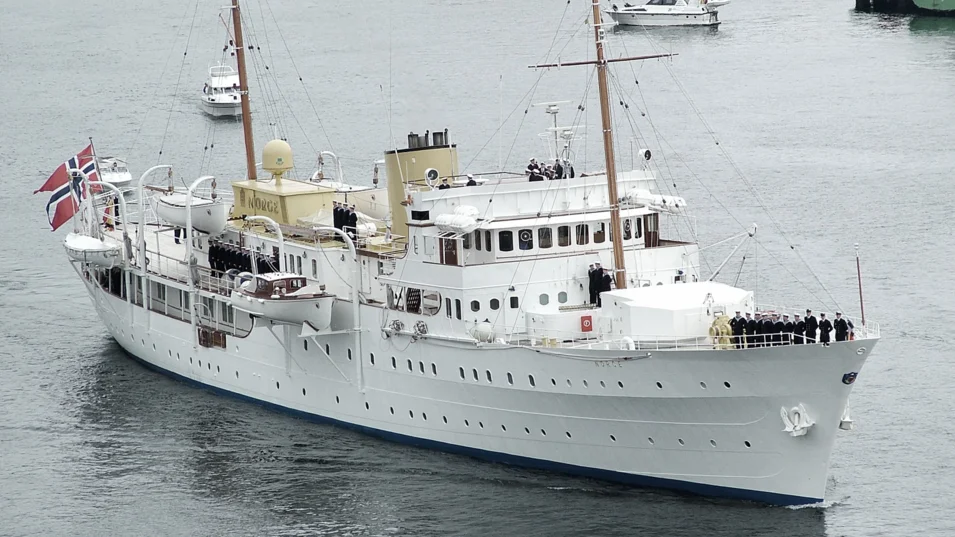
The interest centred on the British 80.2 metre motor yacht named Philante, which was one of the largest in the world for the time. British Camper and Nicholsons shipyard originally built her for the British aviation engineer Thomas Sopwith, and since 1939 on being requisitioned by the Royal Navy, she served as an armed yacht in the North Atlantic. After her refit in 1948 Haakon VII took the renamed vessel out to sea.
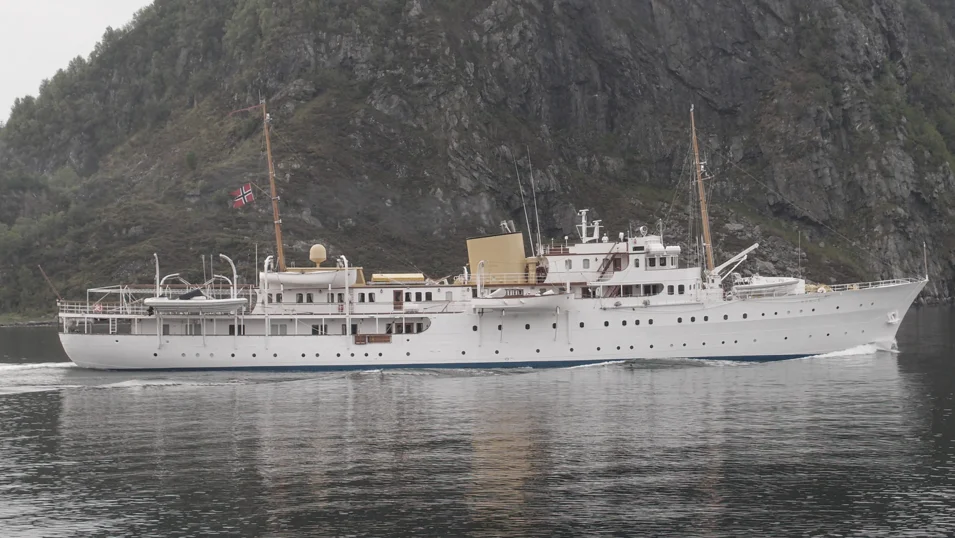
In 1985 when Norge was docked for repair at a shipyard in Horten, during welding operations a fire broke out. Only the hull and the engines survived. But the ship was restored completely and is now still owned by the Royal Family, although operated by the national Defense Forces.
For King Harald V and Queen Sonja Norge is the official residence during their visits both home and abroad. Harald, who is an avid yachtsman, also used it as a base when he competed in regattas.
De Groene Draeck
The Netherlands
In 1956 this yacht was given by the Dutch people to Princess Beatrix for her 18th birthday (and hence is number VA 18 on her sail). But the official ceremony took place only a year later. Soon the vessel was christened De Groene Draeck, which means “The Green dragon”. However, when she was launched at G. de Vries Lentsch shipyard in Amsterdam, she had a name of Lemsteraak. And in fact, it is a genuine Lemsteraak, which is a traditional Dutch flat-bottomed sailboat. Her mast and the bowsprit are dismountable. The boats of this type used to be “workhorses” that carried loads. Their specific construction is due to the need to sail along narrow and shallow canals and under bridges. At present sailing Lemsteraaks are extremely popular in the Netherlands.
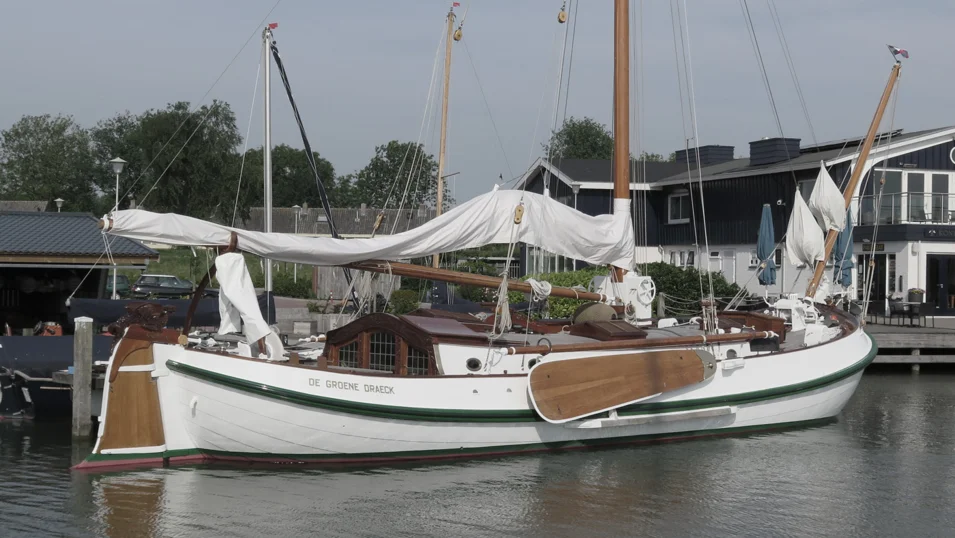
The hull of the 15-metre De Groene Draeck is made of steel. In addition to the sails of 175 sq.m the vessel is equipped with a diesel Perkins engine of 65 hp. On board there is a small saloon, a ladies’ cabin for four and a men’s cabin for two, as well as a navigation wheelhouse for the crew with a separate access.

The bulwark of teak wood is decorated with carving on the inside – not on the outside. In September 2021 a major overhaul began, which has by now been completed. De Groene Draeck has come back to her duties of a royal yacht. Beatrix abdicated not long ago and passed on the throne to her heir, and now she enjoys cruising the family sailboat and is sometimes even spotted at the helm.
You have successfully subscribed to our newsletter
